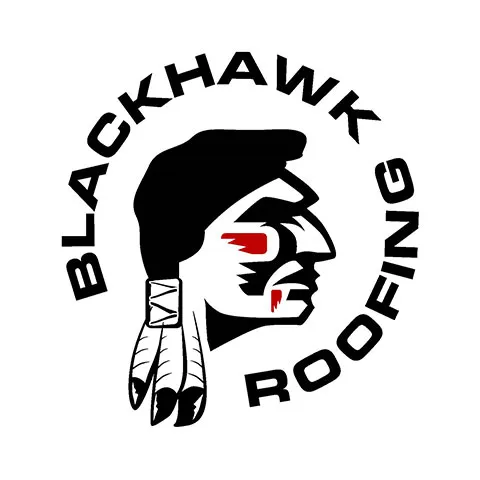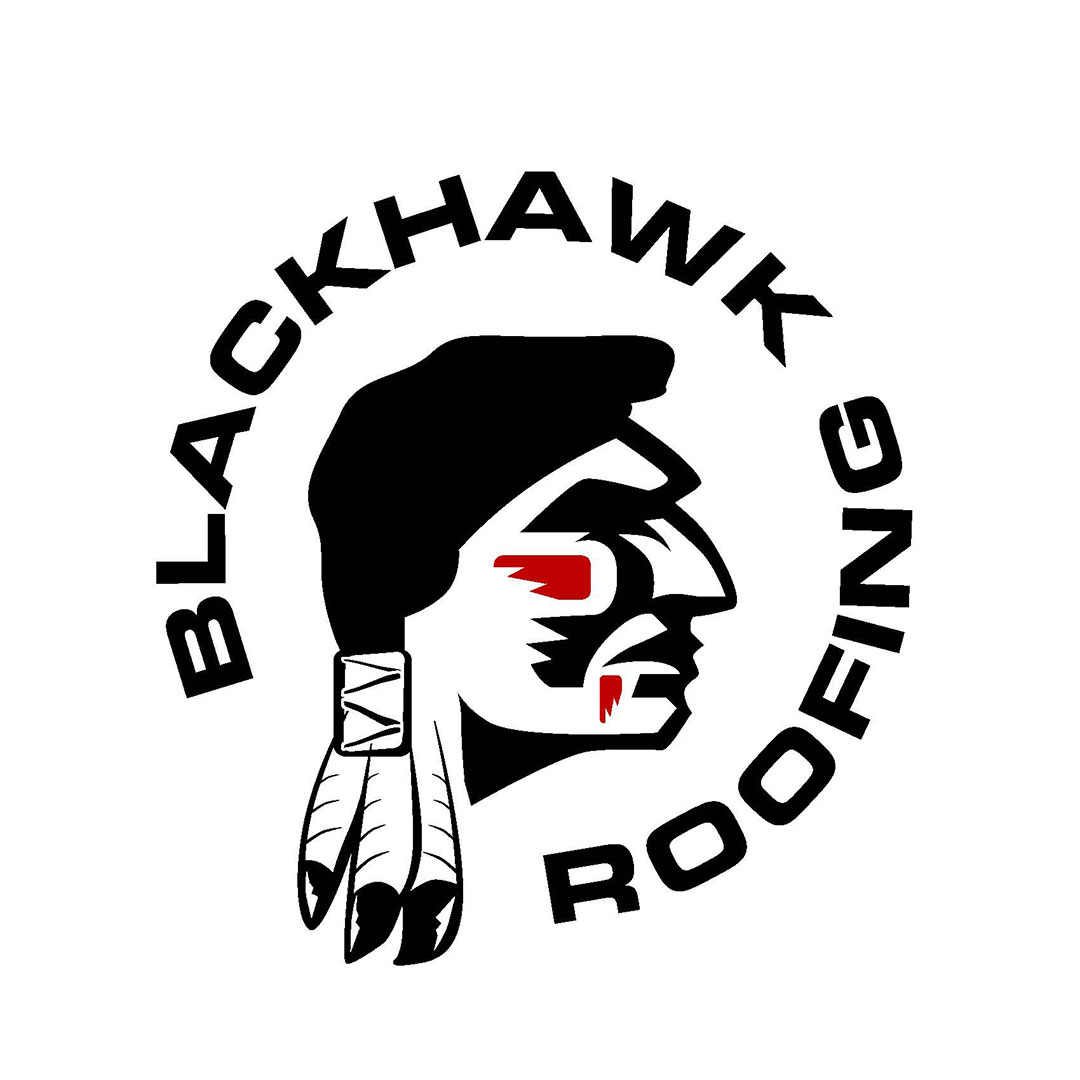
What are gutters, fascia, and flashing?
Here are some problem areas associated with gutters, fascia, and flashing. If you're experiencing leaks or seepage, be sure to call us right away.


Roof edges are where leaks often begin
Roof inspections are an essential part of home maintenance. Inspections allow you to get ahead of leaks and spare you from costly damage. Here are some of the typical problem areas associated with a roof.
- Your gutter system is a crucial component of your roofing system and is critical in keeping your home dry and damage-free. Unfortunately, gutters easily clog with debris. Water can back up onto your roof when they get blocked and seep through the shingles. Water can also pool around the foundation of your home and cause damage. It would be best to clean your gutters at least twice a year to prevent clogging and related damage.
- Flashing is the strip of metal used to seal and protect your roof from water infiltration. It's usually installed around joints and intersections adjacent to vents, chimneys, and valleys. Since these are areas where water often pools on your roof, it's essential to check them for cracks or rust spots.
- Your roof's fascia boards are engineered to sustain some damage over time. If you see rot, mold, mildew, or other cracks, it's time to replace those boards before the damage spreads inside or outside your home.
Gutter considerations
Gutters are one of the most important aspects of your home and can add a lot to its curb appeal. Not only do gutters help attractively capture rain water, but more importantly, gutters also direct that water away from a roof, wall and foundation to prevent damage. As gutters start to age or incur damage, it's essential that they are replaced quickly to retain their function and protect the overall structure of your home. With this in mind comes the need for understanding budgeting and how much it will cost to replace gutters on your roof. It's important to equip yourself with this knowledge so you can effectively plan ahead when needed.
Downspouts
After affixing new gutters to your roof, downspouts should be an integral part of your installation. These essentials are essential as they direct the water away from your home down to the ground. This is a key step in ensuring that rainwater does not cause leaking and flooding which can cause damaging and costly repairs down the line. Taking this preventative measure with downspouts complements the goal of replacing your gutters: protecting your home from water damage and rot caused by heavy downpours.
Gutter materials
When it comes to replacement gutters, material choice is key. You can choose between material options like PVC, aluminum, steel, or copper and each material has its associated pros and cons to consider. For instance, PVC is usually the most affordable option but can be less durable over time compared to more expensive materials like copper. Ultimately, the material you select becomes a long-term investment in your roof and home's aesthetic; so choosing wisely upfront helps protect your gutter system from costly repairs and replacements down the road.
Maintenance
Regular maintenance of your roof is essential to ensure it is in its best shape and continues to provide the protection intended. A key component of maintenance is caring for the gutter and fascia. The roof will eventually need replacing, but with the right care, you can extend its life and avoid frequent repair or total replacement. Here are a few simple tips to help you save money in maintenance costs: cleaning gutters, regularly clearing debris from flat roofs, using guards or screens to prevent obstructions in gutters, fixing any visible fascia damage quickly, trimming trees that could damage your roof from bumping into them or losing branches onto your roof, repairing or replacing aged sealant around flashing components annually and more! Taking some time out of your schedule to perform maintenance on these aspects can make a huge difference in helping maintain the longevity of your roof.
Cleaning
Keeping your gutters clean at least twice a year is an important part of home maintenance. When dirt and debris accumulates in your gutters, it can cause leaks into your home, which can damage the foundation and result in mold growth. Ensure your roof is clean by using a ladder to reach the gutters around your property, and with the help of a scoop or trowel remove any built up material. Taking time to clean out your gutter roof will keep you safe from costly damages caused by accumulations in this vital component of your home.
Loose gutters
When it comes to the integrity of your home, loose gutters can have serious consequences. Before you start cleaning out any debris or dirt from your gutters, take a moment to inspect that they are securely fastened to the eaves of you roof. If there is any indication that they're loose, be sure to get them reattached right away as loose gutters can easily fall and create damage to both your home and anyone moving around outside of it. Ensure the safety of your property by properly inspecting and maintaining gutters for optimal protection.
Drip edge
If you're looking to keep your home's fascia safe from water damage, the drip edge is your best line of protection. Installed along the edges of a roof gutter, drip edges are designed to divert water away from the fascia and disperse it evenly over the gutter. Without drip edges, water can escape from the gutter and drip behind the fascia — leading to moisture build-up and ultimately causing leaks in your home's structure. Installing drip edges is an effective and efficient way to protect your home against potentially damaging and expensive repairs.
Fascia damage
Fascia boards are an important part of your home's roofing system, designed to withstand wear-and-tear from the elements over time. However, if you notice signs of rot, mold, mildew or cracks it's crucial to replace fascia boards quickly in order to avoid further damage that can eventually spread into other areas of your home. Taking care to replace fascia boards as soon as possible can help keep your home safe and secure for many years to come.
Signs of damaged flashing
Roof flashing is an essential component of your roofline and it can significantly increase the lifespan of your roof. It's a thin piece of weather-proof material that serves as a water barrier to form tight seals around vents, chimneys, pipes, and other protrusions that traditional shingles may not be able to protect. Flashing is typically composed of rust-resistant materials such as aluminum, zinc or copper and these sturdy materials help ensure that water doesn't seep through to damage your home's interior. As flashing also provides protection from wind and ice damage, it should be properly sealed with a strong plastic sealant for maximum efficiency.
- Galvanized steel. Used most often and preferred by professional roofing companies.
- Galvalume. Galvanized aluminum offers more corrosion resistance than galvanized steel.
- Aluminum. Easily bent and used for most DIY installations.
- Copper. Custom-made for copper roofs.

Blackhawk Roofing has built replacement roofs for thousands of residential and commercial customers in Springfield and Central Illinois. We've also done many hundreds of roof repairs. Blackhawk Roofing provides outstanding value on every project. Call owner Dan Schnell at 217-741-6251 to request a Free Estimate.

Licensed Roofing Contractor
Blackhawk Roofing is a licensed, certified, and insured roofing contractor. We specialize in residential roofing and EPDM commercial roofing. We have repaired or replaced thousands of old and damaged roofs in Springfield and Central Illinois.
Latest posts
Proud to be the best roofing contractor in Springfield





